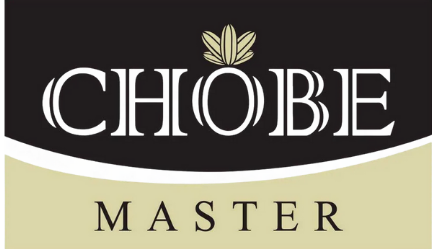
As a parent, one of the exciting milestones you'll encounter is introducing complementary foods to your baby. This significant step signifies your little one's readiness to explore a new world of flavors and textures. However, this journey requires careful attention to ensure a smooth transition and optimal nutrition.
When to Start Complementary Foods
Determining the right time to initiate complementary foods is crucial. Look for signs of readiness, such as the baby holding their head up, showing an interest in food, and sitting upright with support. Consulting with pediatricians for personalized recommendations adds an extra layer of assurance.
Choosing the Right Foods
Opt for nutrient-rich options like pureed fruits, vegetables, and iron-fortified cereals. Be mindful of common allergens and introduce them one at a time to identify any potential sensitivities.
Preparing Homemade Baby Food
Consider the benefits of preparing homemade baby food, ensuring freshness and control over ingredients. Maintain safety measures during food preparation to guarantee a healthy start for your baby.
Introducing One Food at a Time
To monitor allergies effectively, introduce one food at a time, waiting a few days before introducing another. This process helps identify any adverse reactions and allows your baby to establish preferences gradually.
Texture and Consistency
Gradually transition from smooth purees to thicker textures as your baby becomes more adept at chewing. This step-by-step approach accommodates the developmental changes in your baby's ability to handle different consistencies.
Feeding Schedule
Establish a feeding schedule that aligns with your baby's needs. Pay attention to portion sizes and be flexible, adjusting the frequency of meals as your baby grows.
Common Mistakes to Avoid
Be cautious not to introduce complementary foods too early and pay attention to any signs of dislike or allergies. Adjusting the feeding approach based on your baby's cues is crucial for a positive experience.
Ensuring Adequate Nutrition
Maintain a balanced variety in your baby's diet to meet their nutritional needs. Consider consulting with a pediatric nutritionist for personalized guidance.
Transitioning to Family Foods
Gradually integrate your baby into family meals, fostering a sense of inclusivity and encouraging healthy eating habits from an early age.
Mealtime Environment
Create a positive mealtime environment, making it an enjoyable experience for your baby. Encourage self-feeding skills to promote independence and exploration.
Handling Picky Eaters
Addressing picky eating habits requires patience and strategic approaches. Introduce diverse foods creatively and involve your baby in the process to make mealtime enjoyable.
Baby-Led Weaning vs. Traditional Spoon-Feeding
Understand the differences between baby-led weaning and traditional spoon-feeding. Choose the approach that aligns with your baby's preferences and your parenting style.
Monitoring Growth and Development
Regular check-ups with pediatricians ensure your baby's growth and development are on track. Adjust the diet as needed to accommodate developmental changes and nutritional requirements.
Conclusion
In conclusion, introducing complementary foods to your baby is a rewarding experience that requires attention to various factors. By following these guidelines, you can navigate this transition smoothly, providing a foundation for healthy eating habits that will last a lifetime.
FAQ
When is the right time to start giving my baby solid foods?
You should begin when you notice your baby is ready, typically around 6 months.
How can I tell if my baby is allergic to a specific food?
Take it slow by introducing one type of food at a time and keep an eye out for any signs of allergies, like a rash, diarrhea, or vomiting.
What sets apart baby-led weaning from traditional spoon-feeding?
Baby-led weaning allows the baby to feed themselves, while traditional spoon-feeding involves the parent feeding the baby with a spoon.
Is it okay to make baby food at home?
Absolutely, making your baby's food at home is an excellent choice, offering freshness and control over ingredients.
How do I deal with a selective eater?
Approach it with patience, get creative with introducing a variety of foods, and involve your baby in the mealtime process.
Introducing Chobe Kids (Baby Food Cereal)
CHOBE NURTURING BABY FOOD “a 1st Taste” of real brown rice specially designed for your little one. Using all-natural ingredients (non-GMO ingredients), no preservatives, salt or sugar, dairy ingredients, artificial colors or fragrances. In a well-balanced manner, additionally, with plenty of rich-packed nutrients, prebiotics, DHA and multivitamins make the little pie feel fuller and tremendously happy. There are four different flavors to choose from. Each flavor has different benefits.
Chobe Kids (Spinach): Click Here To Order Now


Chobe Kids Purple Sweet Potato: Click Here To Order Now


Chobe Kids Pumpkin: Click Here To Order Now


Chobe Kids Mango: Click Here To Order Now



Certification


